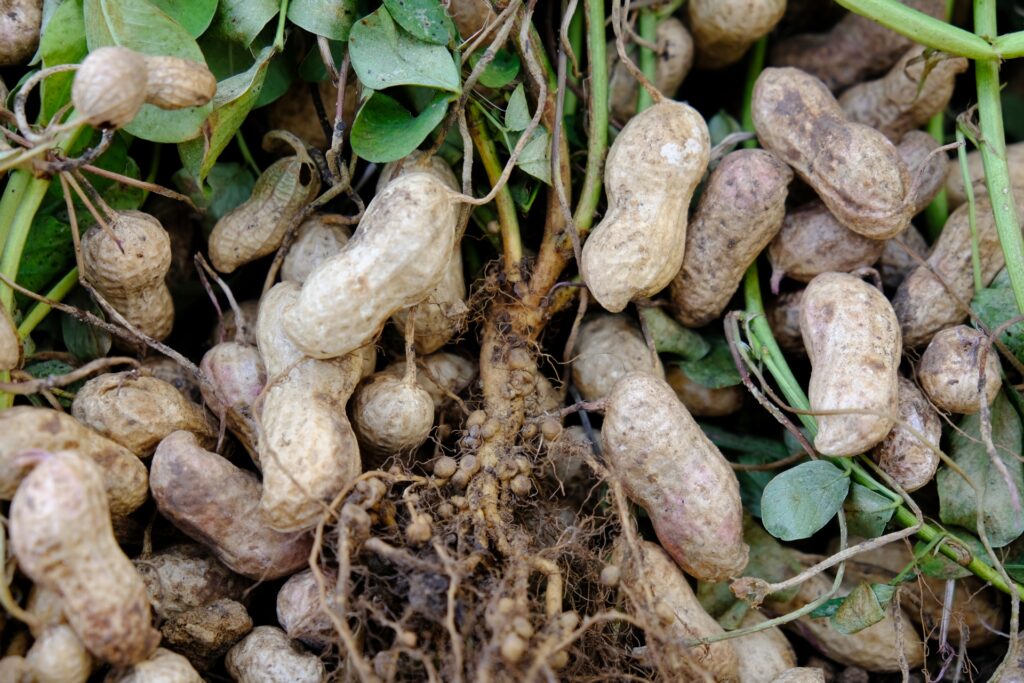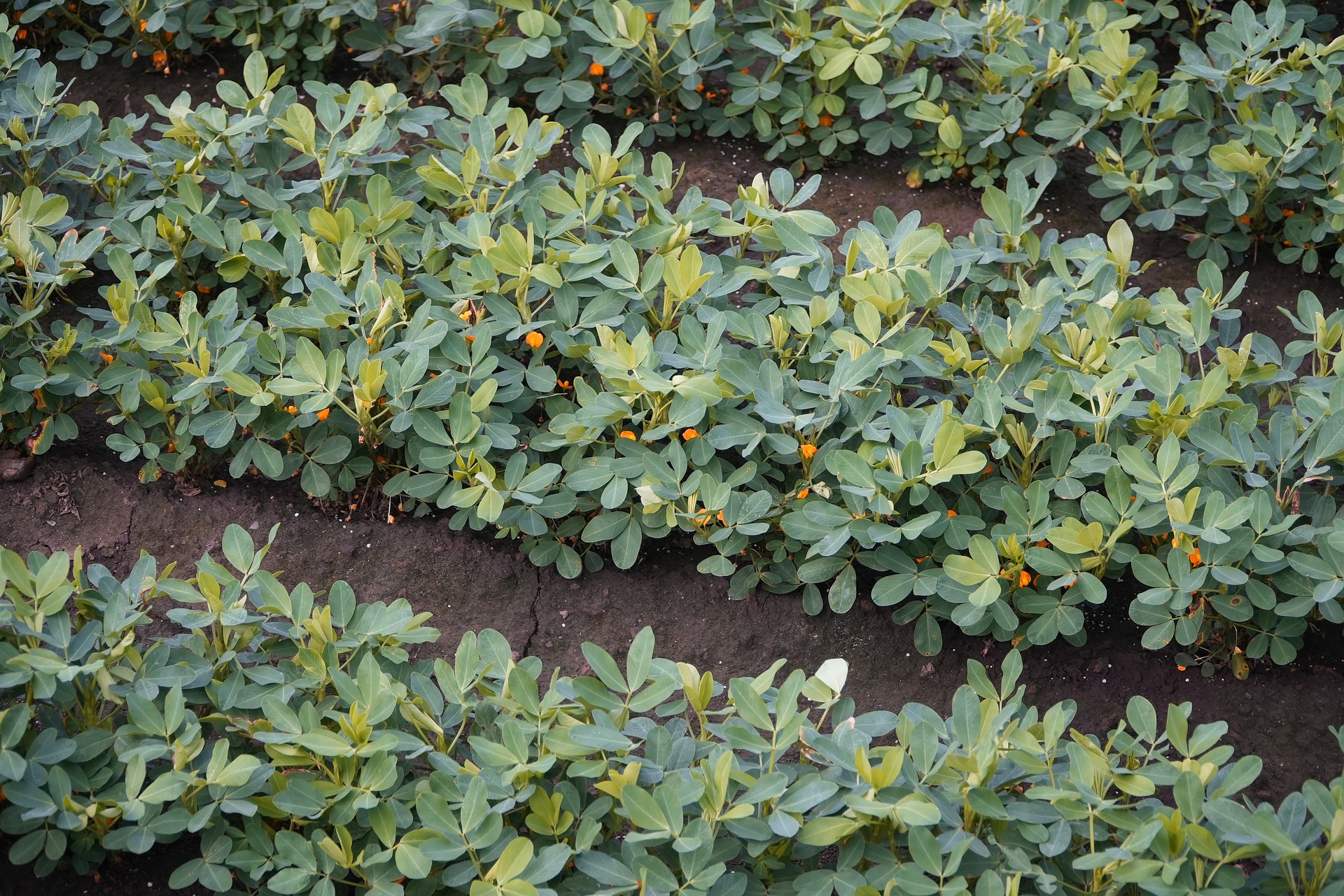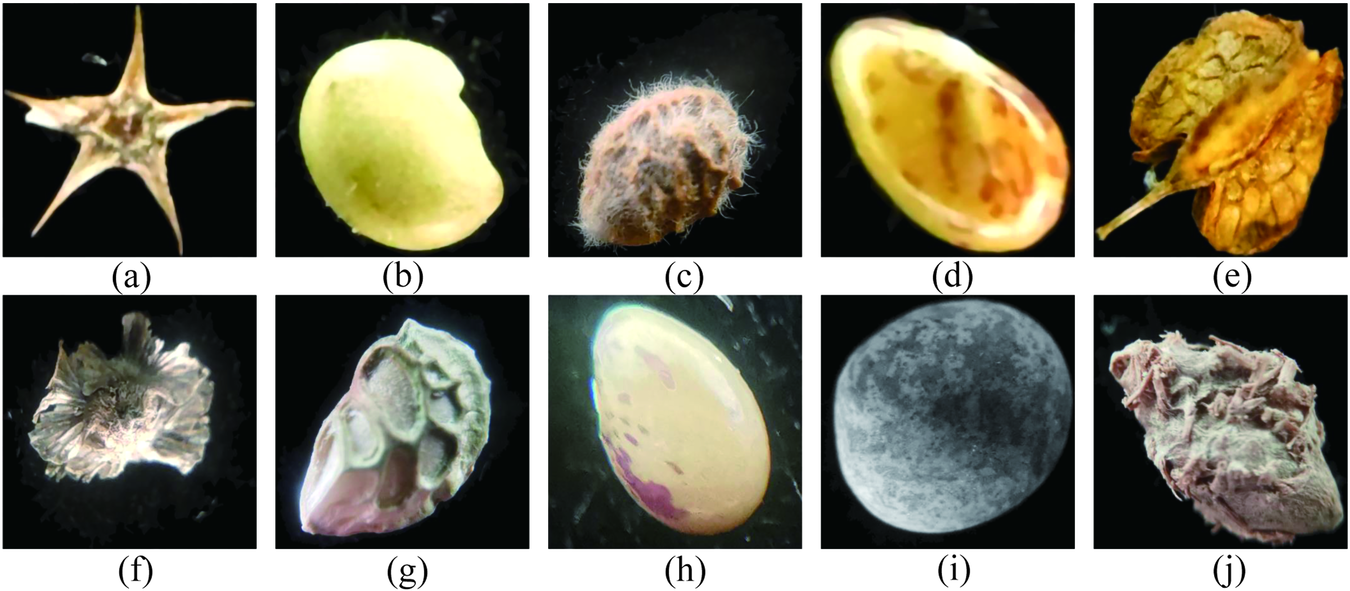Symbiosis Between Plants and Soil Microbes
Most of the crops we eat are grown in the soil of fields. Healthy plants establish a symbiotic relationship with soil microbes, balancing exquisitely. Various patterns exist in this symbiosis. For example, leguminous plants and rhizobia create nodules on the plant’s roots, where rhizobia are cultivated. Using energy provided by the plant, rhizobia intake atmospheric nitrogen (N2) and convert it into a form (organic nitrogen) that the plant can use, establishing a win-win relationship. Even if not as closely intertwined as legumes and rhizobia, soil microbes produce and provide useful nutrients for plants by feeding on organic substances released from the roots, a symbiotic relationship that is widespread.
To promote this relationship, crop rotation, the sequential cultivation of different crops, and intercropping, planting different crops next to each other, are said to be effective. Various combinations have been studied to understand why they are effective, and with the diversity of plant species and environments, research is expected to continue. This time, the mechanisms of crop rotation and intercropping with peanuts, rapeseed, and corn were analyzed, which I will introduce.
Legume rhizodeposition promotes nitrogen fixation by soil microbiota under crop diversification
Peanut growth is good with rapeseed in rotation and even better with corn in intercropping.
The study focused on the growth of peanuts. First, planting peanuts after cultivating rapeseed (crop rotation) resulted in greater growth than continuous peanut cultivation. Furthermore, subsequent intercropping with corn observed even better growth. Analysis of the better-growing peanuts showed an increase in the number of nodules on the roots. With more nodules, the amount of fixed nitrogen supplied to the peanuts increased, leading to greater plant biomass. Nitrogen is one of the three essential nutrients for plants, and legumes, in particular, have a high nitrogen demand. The increase in nodule number has an effect similar to applying more fertilizer for peanuts.

Crop rotation and intercropping altered the soil microbial community structure.
The soil from continuous peanut cultivation, after rapeseed crop rotation, and further intercropping with corn was analyzed. Clearly, the soil microbial community structure had changed. This change in soil microbial community structure alters interactions with plants. For example, rhizobia prepare for symbiosis with leguminous plants by sensing phenolic substances (such as daidzein) released from the plants, known as Nod factors. Exposure to substances released from various plants through crop rotation and intercropping causes changes in soil microbes, leading to plant growth promotion as observed in this study.

Infinite Variations of Crop Rotation and Intercropping.
This experiment involved peanuts, rapeseed, and corn. For example, replacing peanuts with soybeans, another legume, might yield similar effects, though this is not certain. As the phenomena occur between different species, the actual outcomes can only be known through experimentation.
On the other hand, humanity has a long history of ‘experience’. For example, ancient examples of crop rotation and intercropping include Native Americans who intercropped corn, squash, and beans. Beans grow by twining around the upright corn, enriching the soil through legume effects. Squash spreads its vines to cover the soil, helping prevent dryness and weed growth. Humanity has been practicing crop rotation and intercropping for thousands of years. Scientifically substantiating this experience could lead to new discoveries that increase yields. It is necessary to convert the ‘intuition’ and ‘wisdom’ of our ancestors into ‘knowledge’.



コメント